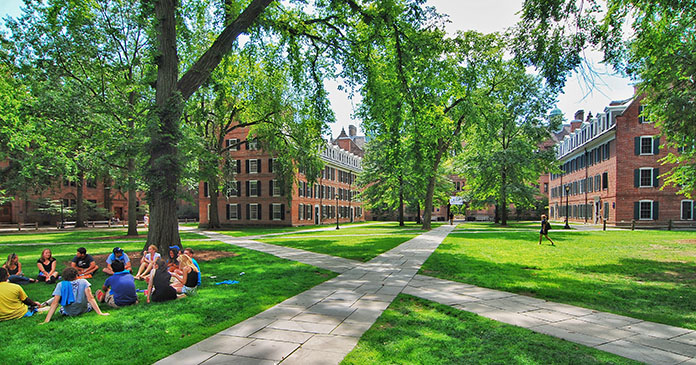Student housing has historically experienced recession-proof demand as measured by enrollment in public four-year universities. NMHC’s Research Foundation has released two new reports exploring the future of student housing as the millennials age and are replaced by the smaller cohort of Gen Z.
The first, “Structural Changes in Student Housing Demand,” examines the broad, structural, demographic and economic forces that will influence future demand for student housing, while the second, “The Future of U.S. Student Housing Demand,” generates more concrete forecasts of future student housing demand. Together, these analyses allow investors to distinguish between those segments of the industry that are likely to continue to thrive in the coming years from those that face higher levels of risk.
Among the key findings from The Future of U.S. Student Housing Demand are:
- An estimated 46 million people will reach college age in the next 10 years, creating continued demand for student housing.
- Enrollment in post-secondary schools will increase annually by 1.1 percent on average from 2020-2031.
- Based on that growth, the student housing market will grow from a total of 8.5 million beds in 2020 to 9.2 million by 2031.
- Type of school matters. Most of that growth will take place at public four-year universities (448,000 new beds projected). At private four-year universities, however, demand for beds will primarily come from graduate programs (96,000 new beds projected). Student housing demand at public two-year universities is projected to grow by 79,000 beds).
- Geography matters. The college-aged population is geographically concentrated. Future student housing demand is expected to remain concentrated geographically since 22% of 5 – to 19-year-olds live in two states—California and Texas.
- Diversity matters. The student population will also be more diverse—Hispanic students will account for two-thirds of enrollment growth. Asian students will account for 10% of such growth.
- Affordability will continue to be important because growth segments of student demographics are from lower-income segments, but also because recession-related reductions in government funding to universities will put pressure on tuition rates, putting pressure on student budgets for housing.
- Distance education will not replace traditional public four-year programs but may help expand educational opportunities to a broader segment of the population and may offer students an opportunity to accumulate credits at a lower cost.
“Taken together, these papers make it clear that university enrollment will be uneven,” said Mark Obrinsky, NMHC Chief Economist. “This may benefit sophisticated student housing investors who can analyze university business models and market demographics as growth of the college-aged population slows. Importantly, this research identifies the characteristics of high-growth universities to help inform investment decisions.”
“There are other reasons to be bullish about institutional student housing operators,” said Obrinsky. “COVID-19 highlighted the need for healthier buildings, which larger institutional owners may be better positioned to provide. The better bed-bath parity in institutional student housing is already in demand as universities de-densify on-campus housing. Finally, universities suffering from reduced revenues due to the 2020 recession may pursue more public-private housing programs.”
Both papers were authored by Paige Mueller and Jeff Havsy of Eigen 10 Advisors, LLC. The firm provides commercial real estate consulting services in the areas of market and investment analyses, capital formation, investor communications, asset and partner due diligence, portfolio strategy and data analytics.
View all the research from NMHC’s Student Housing Research Fund here.













